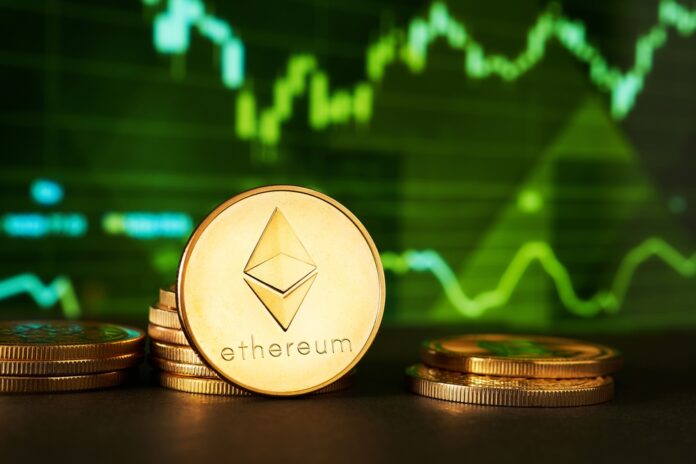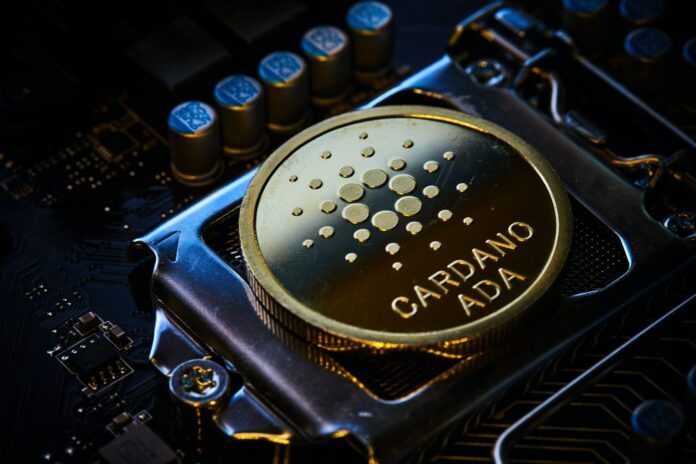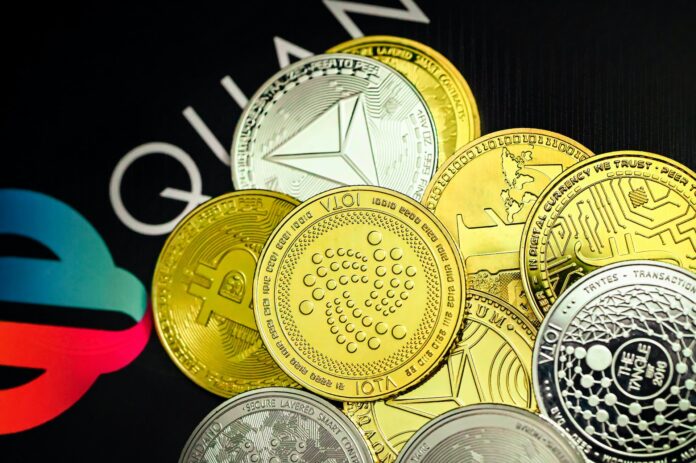Ethereum (Ether, ETH) and Cardano (ADA) are prominent cryptocurrency projects aiming to provide the foundation for blockchain-based apps and services. Projects based on them can operate without the involvement of a bank, broker, or similar central authority.
Those well-versed in crypto are familiar with the Ethereum vs Cardano debate. Both cryptocurrencies are frequently compared since both networks offer similar services, like the execution of smart contracts and the creation of dApps. The main differences between them are that Ethereum is older, bigger, and more valuable than Cardano. You can buy Ethereum on binance.com if you want to go with the larger cryptocurrency or choose both if you want a more diversified crypto portfolio. Portfolio diversification is a way to secure funds; when one asset is down, the other might be up.
Both can be used for peer-to-peer transactions or as payment for services. However, they’re also commonly used as investment tools, with users purchasing, holding, or trading them in hopes of making a profit.
Keep reading to discover commonalities and differences between ADA and ETH to make informed crypto investing decisions – the key to successful crypto experiences.
Cardano and Ethereum: Key Similarities
Ethereum and Cardano provide transactional coins that you can buy as investments. Both are also “Layer 1” blockchain technologies that permit developers to create self-executing smart contracts and dApps (decentralized applications) on their blockchains.
Both cryptocurrencies employ PoS (proof-of-stake) consensus mechanisms for their blockchains. Ethereum switched from PoW (proof-of-work) to PoS to improve scalability and security and reduce its carbon footprint, which succeeded with the Merge update initiated last year on September 15. Participants who want to help verify transactions under the PoS paradigm put crypto on the blockchain as collateral—they are known to “stake” crypto. Staking is more environmentally friendly than the PoW mechanism that Bitcoin uses. Under the PoW system, computers use large amounts of electricity to solve complex mathematical equations that verify and complete transactions on the blockchain.
Keep reading to discover more about Ethereum and Cardano before deciding how to invest in them.
Ethereum

Ethereum was launched in 2015 by Vitalik Buterin and a leadership team that included Hoskinson. They aimed to improve Bitcoin’s technology, removing the need for intermediaries in peer-to-peer transactions. Bitcoin couldn’t interact with more advanced software programs that would permit the creation of more advanced blockchain products. Still, since Ethereum’s inception, its technology has helped support the creation of NFTs, financial projects, and games that enable digital ownership of art and other content.
Ethereum has been known as a PoS cryptocurrency since September 2022, and just like Cardano, they don’t rely on mining to enable people to verify transactions. Both Cardano and Ethereum users can earn digital coins through crypto staking, committing some of their cryptocurrency to guarantee transaction accuracy.
However, there was criticism surrounding Ethereum’s speed and cost, resulting in a proliferation of third-party solutions that run on its blockchain in an attempt to make it cheaper and easier. And some competitors, including Cardano, appeared, hoping to improve Ethereum’s main features.
Cardano

Cardano was launched in 2017 by a team led by Hoskinson as a blockchain platform. It uses Ouroboros, a PoS consensus system. Any blockchain network relies on the algorithm to produce blocks and validate transactions. The leaders look to differentiate their project through a degree of academic rigour applied to its code and state that it’s built on peer-reviewed research, which they believe will give users trust that its technology is reliable and solid.
Cardano focused on building a more efficient and cheaper system than Ethereum but also eliminated the intermittent instability of other upstart competitors like Solana. However, this approach may have also slowed its pace of rollout.
While numerous active projects use ADA, its deliberate approach to rolling out new features has limited its adoption, and many key pieces of its road map are yet to be completed by the development team, including features that can boost the network’s capacity to grow.
The Main Difference Between Ethereum and Cardano
On the surface, Cardano and Ethereum seem similar, yet they have significant key operational and application differences. Their distinguishing characteristics include the following:

Value
Ethereum has consistently been the second-most valuable digital currency after Bitcoin. Cardano is worth about 10% of Ethereum’s total market cap, even though its value has risen substantially since its launch. One explanation for this is the relatively broad adoption of Ethereum in the cryptocurrency sector. Every day, Ethereum records over 1 million transactions, while Cardano’s daily transactions are frequently in the 100,000s.
Progress
While both projects are still actively being developed, Cardano is still under construction and Ethereum’s further along in its rollout. Cardano’s devs are still working on essential features like smart contracts, which execute automatically when certain conditions are met. Ethereum was the first to introduce this functionality some years ago.
Plus, Ethereum can have higher expenses than Cardano. However, if you’re only going to hold a cryptocurrency in hopes its value will increase, the difference in transaction fees may not make a big difference.
Overall supply
ADA’s total supply can’t exceed 45 billion tokens. Setting a hard cap like this isn’t uncommon – Bitcoin’s hard cap is 21 million coins and is a well-loved feature.
Conversely, Ethereum doesn’t have a card hap on its total supply of tokens. Nevertheless, it utilizes different mechanisms to control supply beyond a hard cap. The total number of ETH created each year is limited, and there’s a mechanism to remove the currencies from circulation – to “burn” ETH paid in gas fees.
Summing up
Whether Ethereum or Cardano is the better choice depends on your investment preferences, tolerance risk, as well as other motivators. Ethereum is considered the safer investment of the two and more likely to pass the time due to its larger developer community and ecosystem.
Cardano can also be a good acquisition in the long-term owing to its potential user base in emerging and frontier markets.
Nothing can guarantee returns, but it will be interesting to see how the supply and dynamic trajectories move.







